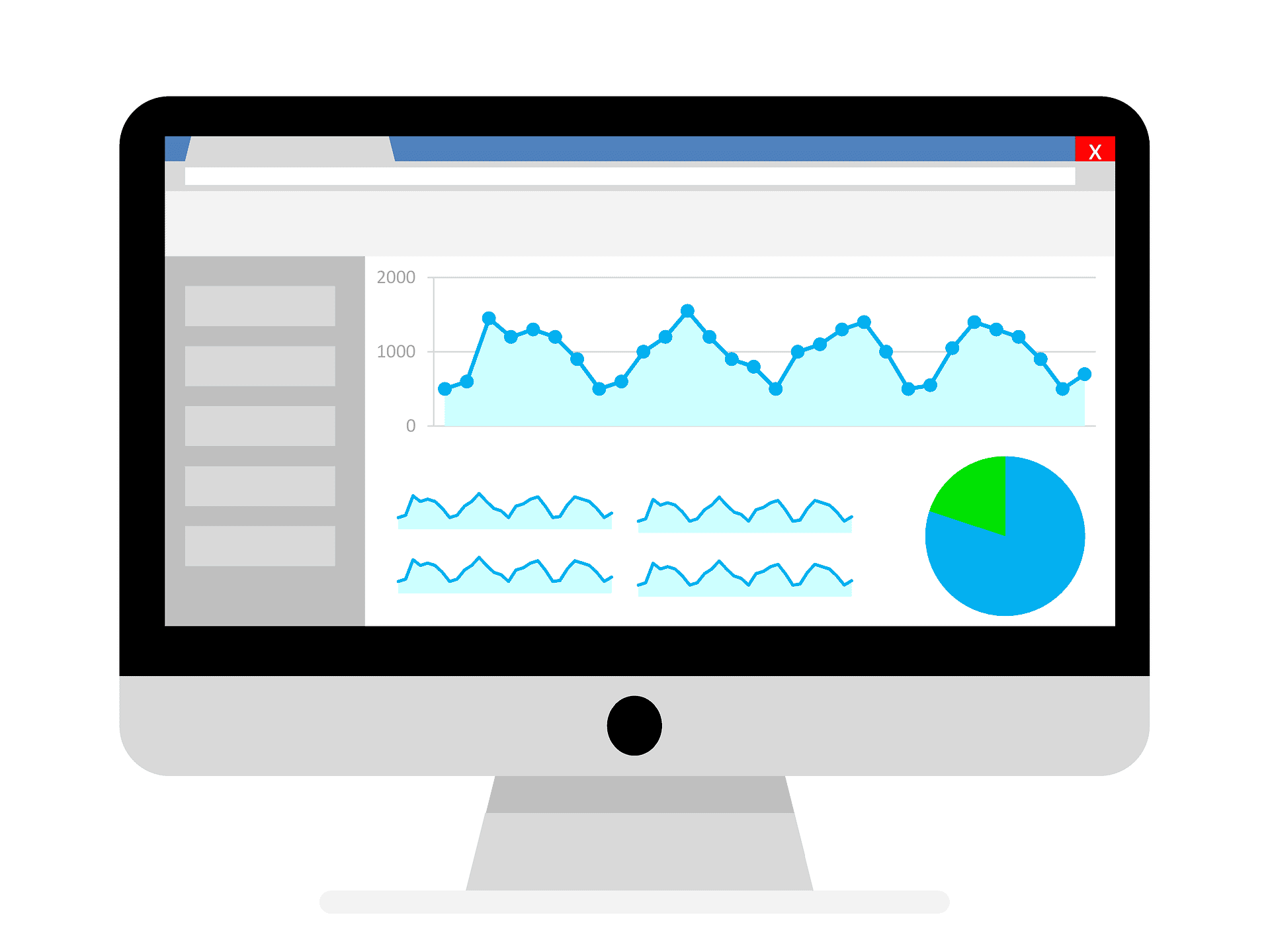
Overcoming the Challenges of Big Data for the Small Business Marketer
There are a lot of articles saying the best way to plan your marketing strategies is to utilize big data. And these articles all have a point. Big data can be a powerful resource for marketers when building a campaign as you are basing decisions off of hard data and not your own assumptions.
There is a completely new set of challenges with big data though, especially for small business marketers. Larger companies have the resources available to overcome these challenges, but smaller operations don’t.
Here are some ways to find and use big data to assist with your marketing.
Where To Get Big Data
The first challenge of utilizing big data is where to get the freaking stuff. Data isn’t cheap, nor is it easy to come by. It’s why companies guard their data aggressively and don’t share with the public. But you have a small budget and limited resources to work with, so what now? Just give up on the big data dream?
Well, you have access to different forms of big data right now, but you’ll have to do some work on your end to collect them. A great starting point is your site’s analytics. It’s data from your consumers and how they directly interact with your site. You have a lot more data than you think, and it’s all relevant to your site.
There are a few sources of big data that are free. One such source is Google Trends for researching consumer search patterns. It’s a limited resource but can give insight about when certain topics were popular, which can lead to predicting future trends and capitalizing on them.
Finally, there are many businesses out there that specialize in big data relevant to your situation. Some might charge simply for raw data about consumer patterns in your target market, while others will analyze your site and do research specific to you. Determining which will be more valuable and cost effective is an important part when picking what data you need.
Making Sense Of The Numbers
Not everybody is a master of analytics and depending what type of marketer you are, you might not know a lot about it either. Sure, you can see in Google analytics how many people are visiting your site, but making sense of all the data together can be a little daunting.
The first thing to understand is that no single data set tells the entire story. Different analytics give clues and need to be used together to find consumer patterns. For example, your website visits data set might tell the story that your site is doing really well with tons of people visiting. But combine that with your bounce rate to see if you are actually retaining people and doing well. A high bounce rate coupled with a high traffic means people are coming to the site, but leaving almost immediately.
The next challenge is combining data from different sources together to do things like measure your performance and predict future trends. Some data sets won’t easily mesh with each other, while others can give a different perspective on the same situation.
The Different Kinds of Research
Big data has to be made somewhere and it’s important to understand who is making it, how they are finding data and the disadvantages to each type of research practice. Anybody could throw out a bunch of numbers, label it as data and sell it, so knowing the research practice can make sure your data is valuable and legitimate.
Let’s start with who is producing the data. The first place to look for the data is companies that focus on your target market or industry. There are research companies who specialize in data gathering in nearly every aspect of business, from employee productivity to grocery store organization. Find a company with the expertise and capabilities to get you good, unbiased data.
Next are different types of research and data in the world. Below are listed popular research/data tactics and their pros and cons.
- Questionnaires: Asking questions to a sample size and recording their answers. This is usually the cheapest solution, but can be inaccurate as it is based on people’s thoughts and not their actions.
- Focus Groups: By gathering a group of people from a specific market, it’s possible to get data from both their opinions and physical reactions to a specific thing, like a website or product. Such information can be valuable, but provides less data if the focus groups are small, meaning it’s much harder to identify trends.
- Case Study: While not necessarily “big data,” case studies can give incredible insight into a specific situation and what worked or didn’t work in it.
- Observational: Data from sources like Google Analytics are all observation-based research. There is no back and forth with the visitor on what they think of something or learning of emotions, it’s simply recording of what happened. This is the most common type of data in marketing, but it can be hard to find 3rd party observational data relevant to your situation.
Performing Your Own Research With Your Site
It’s easy to just let your site run and collect data, but what does that show you in the long term? Once you’ve shifted through your initial data and discover trends, then it’s time to get new data that covers different ideas.
A/B testing on different pages can provide new data and lets you break down what works with your visitors. As you do more testing on different pages, you can compile your data to create an ultimate guide of what is effective for your site so new pages can hit the ground running. Even failed A/B tests give valuable data, as it shows what isn’t effective for your target market. You can also track things like which keyword perform the best in which situations and why.
Another point to consider is the ethics behind procuring the data. Whether it’s through buying from the 3rd party, collecting data through lead gen forms, or simply doing business with customers, how you gain it should be something to consider. Consumers demand security and anonymity when businesses collect their personal data and will report false information or none at all if they feel their info will be mishandled.
Improving Your Strategies
All this data has a purpose. It’s to improve your marketing strategies and give you a leg up on your competition. Instead of simply taking shots in the dark and hoping for the best, your strategies can continually improve in effectiveness and predict future opportunities. This is taking big data and transforming it into smart data.
Smart data gives you actionable tactics to improve your marketing. This can be as big as what type of content marketing to do or smaller things like the best time to post to Facebook for more interaction. A wise approach to take is, before making a marketing decision, to find data that supports it. If you can’t find that data, do a test to get some yourself, or rethink your decision.
Has big data become a normal part of your marketing strategies? Where do you go for better and more accurate data? Got a tool that can help make sense of it? Tell us in the comments below!






